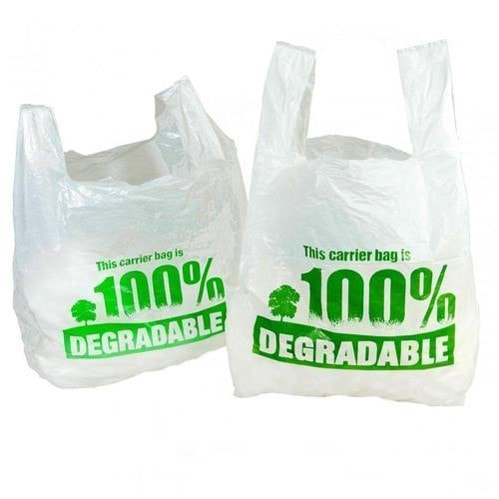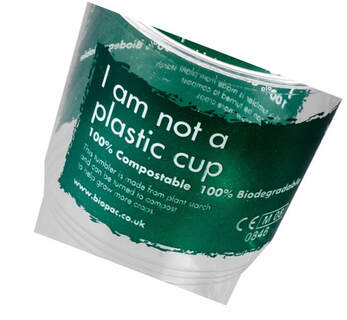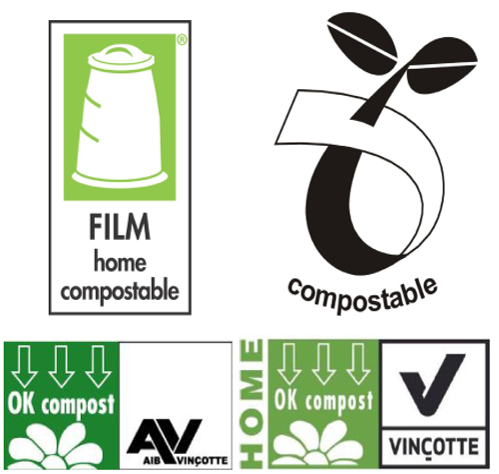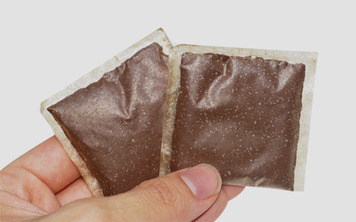Are Bioplastics a Load of Waffle?
So lets take a look at how natural and a good solution they really are,
Oxodegradable plasticsThese oxodegradable plastics, often manifesting as biodegradable bags or straws can be described as bio-plastics because they degrade in exposure to sunlight and oxygen.
HOWEVER….they are actually made from oil and really just break down into micro-plastics. SO….the EU is banning them in 2020. |
Compostable Plastics
SO…. this rules out it becoming compost if it goes:
- in a compost heap in the garden
- into landfill
- in the sea or becomes litter.
This is because none of these places get that hot. And if it ends up in a general waste bin that goes for waste-to-energy, that’s way too hot for it to become compost!
WHATS MORE….if they end up in a kerbside food caddy, the reality is that they will get pulled out at the depackaging process, that pulls out all the plastics and packaging that affect the quality of the compost being produced.
THEREFORE… if you are a business that wants to use them you need to organise a collection to a plant that will accept compostable plastics- around 20-25 in the UK (usually in-vessel composters).
Home compostableThe home composting standard is given to materials, usually cellulose types like cellophane, that will break down at temperatures of 20-30 degrees within 60 days.
SO…these materials are suitable for customers who have a home-composting bin in their back garden. HOWEVER…it is no good if the composter is in the shade and doesn’t get very warm, or if people don’t have a composter and they put it in the kerbside compost caddy, as it will get pulled out at the depackaging process also. |
New ‘edible’ materials
- where are they being used
- what is it’s end-of-life scenario
- is there the waste infrastructure to support this?



10% of all online courses go to grassroots charities.
20% of all consultancy and bespoke workshops go for rewilding.
50 free places are awarded to campaigners from underrepresented communities each year.




